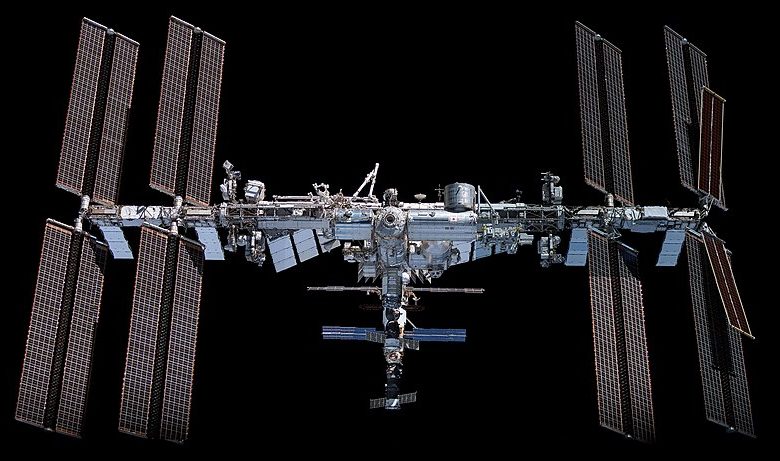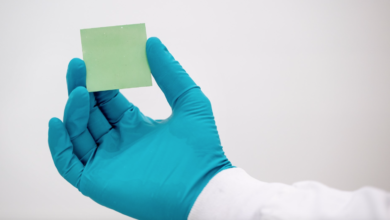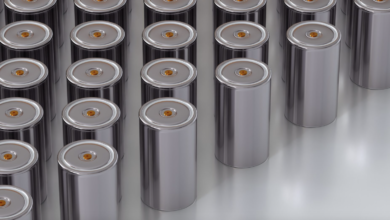Nanoracks’ new space waste disposal solutions

(Sustainabilityenvironment.com) – When you think about the life of astronauts you consider all the fascinating and adventurous aspects but you ignore a series of practical aspects that engage every day scientists and engineers to ensure increasingly effective solutions: One of these problems is the expulsion of space waste.
Living on a space station essentially means sharing a space for very long periods and, like any cohabitation, it generates waste: a one-year mission involving the production of about 2,500 kg of garbage.
The current disposal method requires space waste to be packed and stored in the hold until re-entry, when part of the sector containing it is released and, in contact with the Earth’s atmosphere, burns over an empty area of the Pacific Ocean.
This system is in the process of being decommissioned, and Nanoracks, with NASA’s Johnson Space Center, is developing a new protocol that will allow for a constant and timely disposal of waste. It will be a more flexible on-demand system, based on the use of custom containers and bags that can hold up to 270 kg of space waste. Once filled, they are expelled from the station and enter the atmosphere and burn in small quantities.
On June 2, Nanoracks has already expelled from the ISS about 78 kg of garbage through this new hi-tech collector. The test was based on a sample of waste in line with those usually produced during space missions: foam and packaging materials, bags, dirty crew clothes, hygiene products and used office supplies.
“This weekend was yet another historic milestone for the Nanoracks team. This was the first open-close cycle of the Bishop Airlock, our first deployment, and what we hope is the beginning of new, more sustainable ISS disposal operations,” says Dr. Amela Wilson, Nanoracks CEO. “This successful test not only demonstrates the future of waste removal for space stations, but also highlights our ability to leverage the ISS as a commercial technology testbed, which provides critical insights into how we can prepare for the next phases of commercial LEO destinations. Thank you to NASA and the ISS Program for their continued support, and we look forward to continuing this collaboration.”





